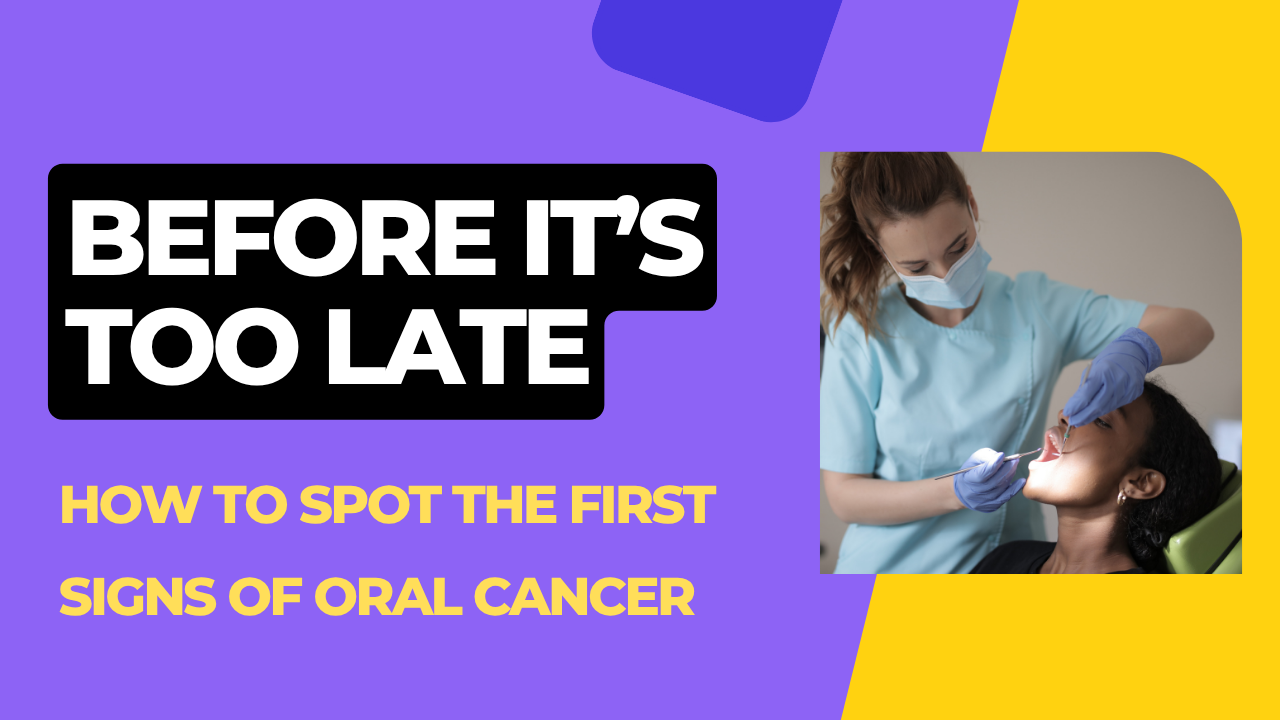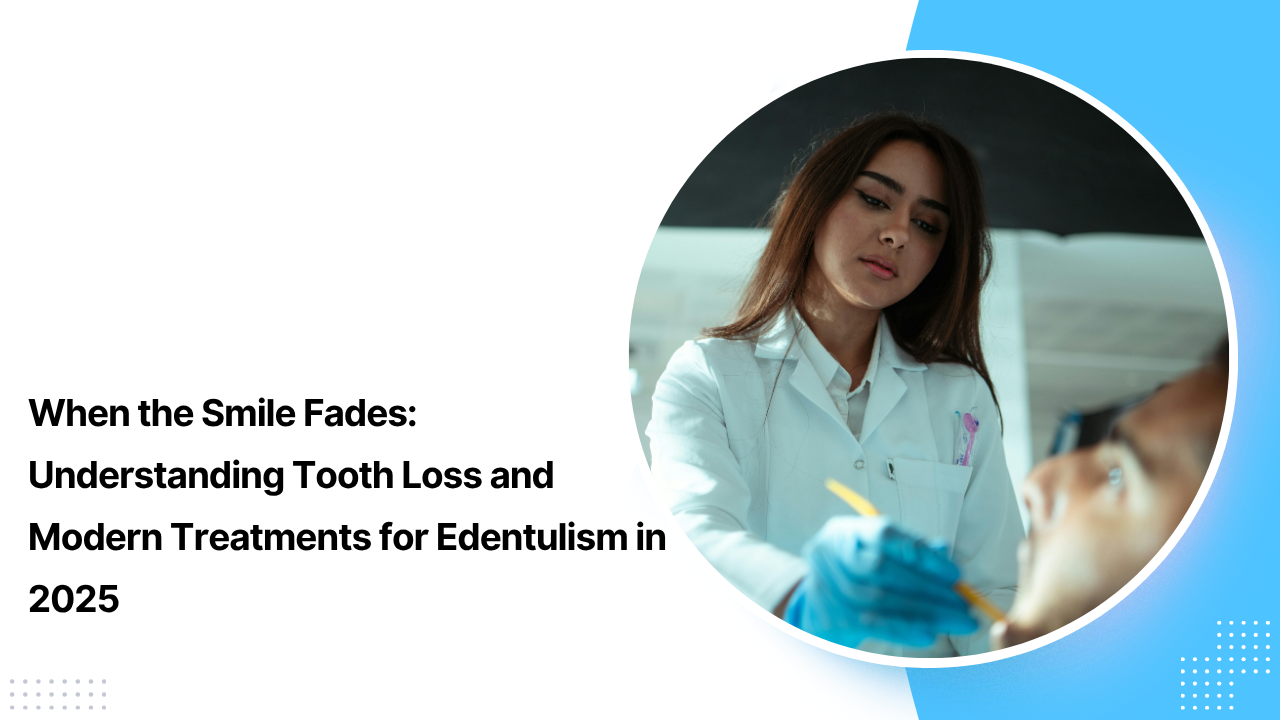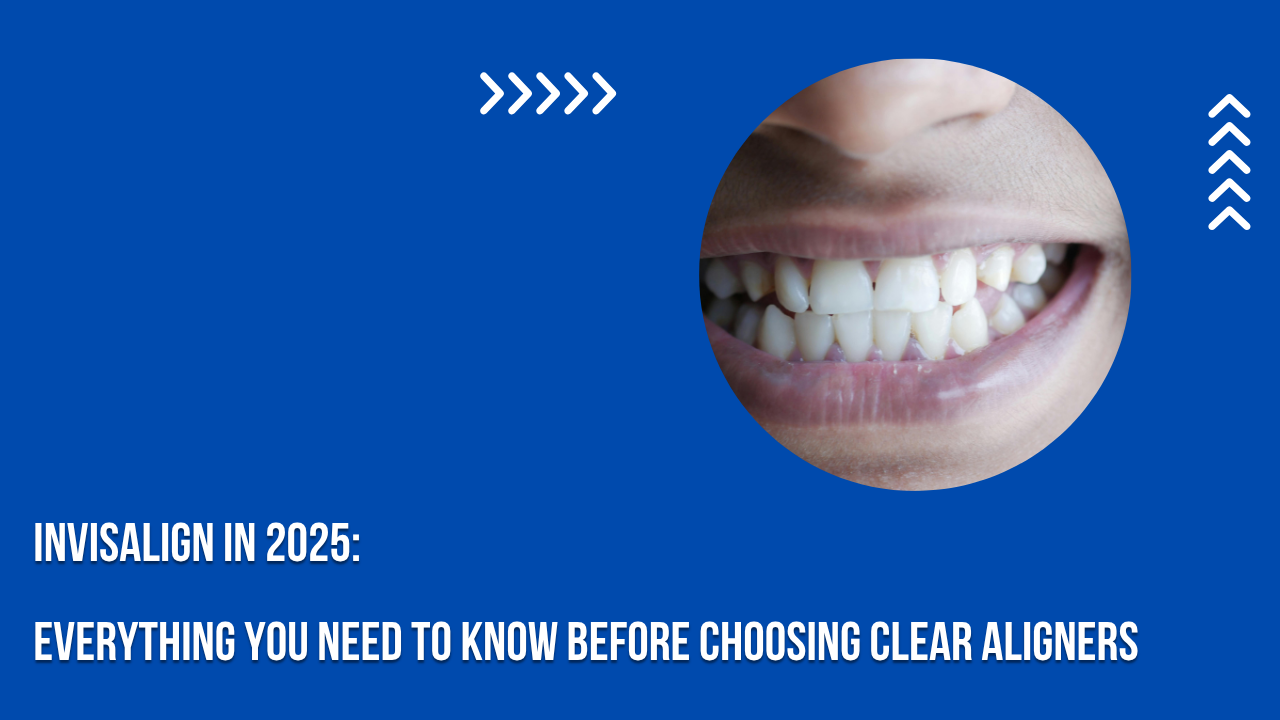Can we take a moment to discuss something significant?
Don’t be concerned; this won’t be frightening or complicated. It’s simply a brief, friendly chat about a topic that often gets overlooked: oral cancer.
You may be thinking, “That’s not something I need to be concerned about,” and I understand. It’s not a subject that typically comes up in casual conversations. However, the issues we often overlook can be the most important, particularly since early detection can be crucial.
So, let’s explore this together. I just wanted to let you know that there’s no need to panic, just raising awareness. Sounds good?
So, What Is Oral Cancer?
Let’s keep it straightforward.
Oral cancer refers to any type of cancer that impacts the mouth, including the lips, gums, tongue, cheeks, the floor and roof of the mouth, and the back of the throat.
One important aspect of oral cancer is that it can be easily overlooked in its early stages. It typically doesn’t cause pain, may not bleed, and can appear as a persistent ulcer or a patch that doesn’t heal.
However, the positive news is that if detected early, it is highly treatable. This is the main focus here—raising awareness. That small amount of attention could enable you or someone you care about to take action sooner.
Signs to Watch Out For (Nothing to Panic About—Just Good to Know)
Let’s keep it straightforward.
What should you be on the lookout for? Here are some common signs that may appear in your mouth or throat that deserve your attention. Usually, they are not serious, but if they persist for more than two weeks, it’s wise to have them examined.
Be aware of:
- A sore that won’t heal
- A lump or thickened area inside your cheek
- White, red, or dark spots anywhere in your mouth
- A sensation of something being stuck in your throat
- Numbness in your lips, tongue, or jaw
- Loose teeth without an obvious cause
- Difficulty swallowing, speaking, or chewing
- A persistent sore throat or changes in your voice
Remember, if you’ve experienced any of these before, there’s no need to panic. It’s the ones that last that are important. If something feels off and doesn’t improve, that’s your signal to consult your dentist.
Why You Might Miss It (And Why You’re Not Alone)
Let’s face it: many of us don’t take the time to examine our mouths closely. We’re often preoccupied with brushing and occasionally flossing, if we remember, before hurrying out the door.
It’s simple to overlook a small sore or to think that a rough area is just a result of spicy food or an accidental cheek bite.
Unfortunately, this is how oral cancer can go unnoticed—subtly and gradually, without any obvious warning signs.
However, being a bit more aware can make a significant difference. Once you learn what to look for, you’ll be better prepared.
Why Early Detection Is a Game-Changer
Let’s discuss the importance of timing.
When oral cancer is detected early, there is a greater than 80% likelihood of successful treatment, leading to quicker recovery, fewer procedures, and overall improved results.
However, if it is diagnosed later, that success rate decreases significantly. This isn’t meant to instill fear; it’s about taking action while it can make a difference.
It’s not just about noticing something unusual; it’s about identifying it early enough for treatment to be more manageable and outcomes to be more favorable.
All it requires is some vigilance and a prompt visit to your dentist if anything appears unusual.
Quick Self-Check: What You Can Do at Home
I’m not suggesting you turn into a dental detective, but taking a few moments each month to check in on your oral health can be a beneficial practice.
Here’s a simple routine you can follow in front of a mirror that takes under five minutes.
| Area | What to Look For |
| Lips | Cracks, discoloration, sores |
| Gums | Swelling, bleeding, patches |
| Tongue (top & bottom) | Any changes in texture, color, or sensitivity |
| Inside of cheeks | Lumps, rough spots, or white/red patches |
| Roof of the mouth | Discoloration, bumps, or pain |
| Floor of the mouth | Swelling, tenderness, or unusual marks |
| Throat (back) | Chronic soreness, voice changes, feeling of a lump |
| Jaw/Neck (outside) | Swollen lymph nodes or pain when touching |
If you notice anything unusual or persistent, mention it during your next dental visit. It’s always best to get it checked out.
So, Who’s at Risk?
You may be asking, “Is this issue limited to smokers?” While tobacco use is indeed a significant risk factor, it is not the only one. Let’s consider the broader context:
Common risk factors include:
- Smoking or using chewing tobacco
- Heavy alcohol consumption
- HPV infection (a sexually transmitted virus)
- Excessive sun exposure, particularly on the lips
- A family history of cancer
- A weakened immune system
- Poor oral hygiene
- Chewing betel nut/paan, which is particularly prevalent in certain regions of Asia
Even if you don’t fit into any of these categories, it doesn’t mean you’re safe. This is why screenings are important for everyone, not just those considered high-risk.
What Happens During a Dental Screening?
Let’s clarify what occurs during an oral cancer check at the dentist. It’s a quick and painless process that happens more frequently than you might realize, sometimes without your awareness.
A typical oral cancer screening may include:
- A visual examination of your lips, tongue, cheeks, and throat
- A gentle palpation of your jaw, neck, and under your tongue
- The use of a special light or dye to identify any suspicious areas
This whole process only takes a few minutes and is often included in your regular dental appointment. So, the next time you’re at the dentist for a cleaning or check-up, feel free to ask, “Can you perform a quick oral cancer screening?” It’s that easy.
Prevention Tips You Can Start Today
Let’s change the topic for a moment. While regular check-ups are essential, prevention is even more crucial. Here are some steps you can take immediately to reduce your risk and improve your oral health:
- Stop smoking and using tobacco – Seek assistance from your doctor or dentist if needed.
- Reduce alcohol consumption – This is particularly important if you drink heavily or often.
- Protect your skin from the sun – Use lip balm with SPF to shield your lips.
- Brush and floss every day – Maintaining a clean mouth promotes good health.
- Increase your intake of fruits and vegetables – Your body and immune system will benefit.
- Steer clear of chewing paan or betel nut – Even if it appears harmless.
- Get the HPV vaccine – Especially if you are under 45.
- Stay well-hydrated – A dry mouth can heighten your risk.
- Schedule regular dental visits – Aim for twice a year as a general guideline.
- Perform monthly self-exams – You now know how to do this!
These actions are not difficult, and when combined, they form a strong defense.
Let’s Make This Simple
Here’s a summary of our discussion:
- Oral cancer is a serious issue, but catching it early can be life-saving.
- You don’t have to be a medical professional to recognize the symptoms.
- A simple monthly inspection of your mouth can be beneficial.
- Regular dental visits are important—your dentist is there to help.
- Everyone is at risk, so awareness is key.
- Prevention begins with small, regular practices.
There’s no need to panic; just remain vigilant.
And if anything seems unusual, don’t hesitate to seek medical advice. It’s that straightforward.
Let’s Wrap This Up
If you’ve reached this point, thank you sincerely. It shows that you value not only your smile but also your overall health. The next time you brush your teeth, please take a moment to look for any lingering sores. You may also feel more empowered to express your concerns during your next dental visit. If that occurs, then this entire discussion has been worthwhile.




